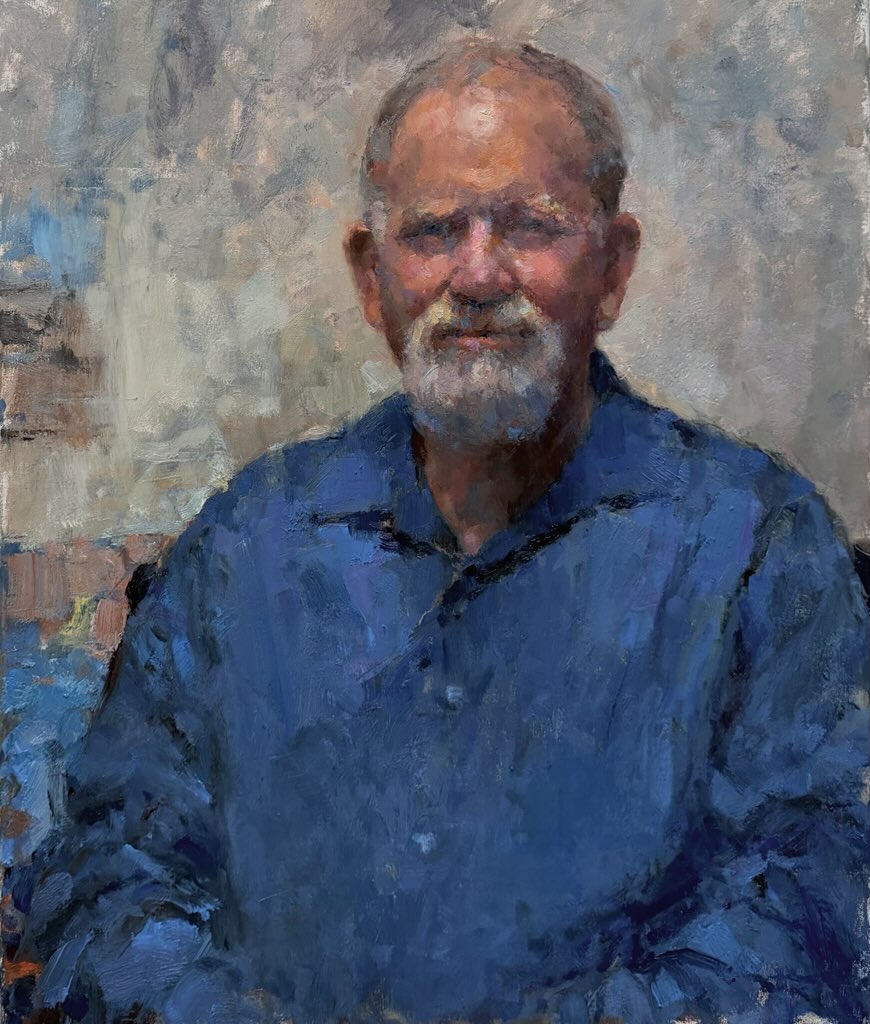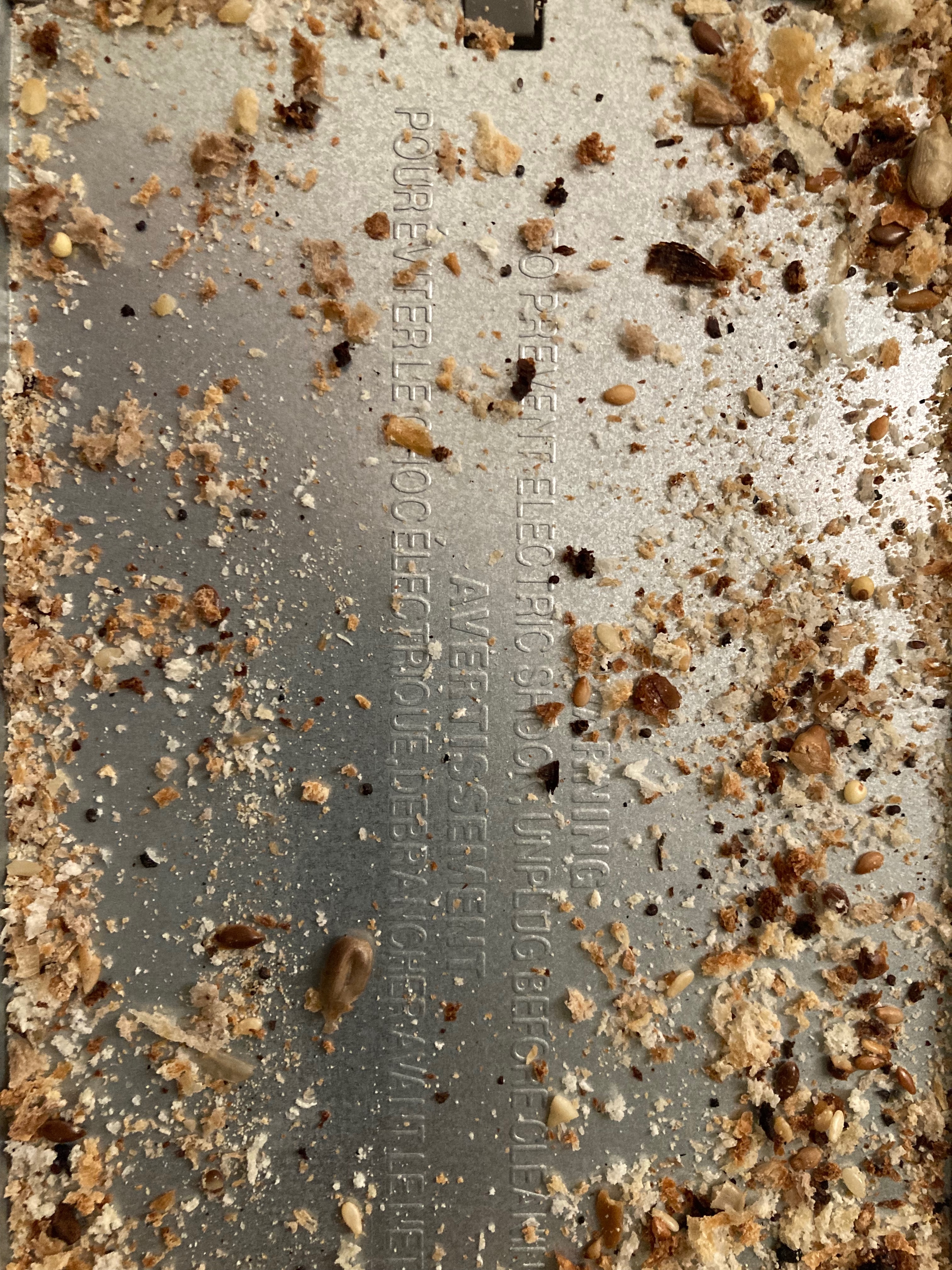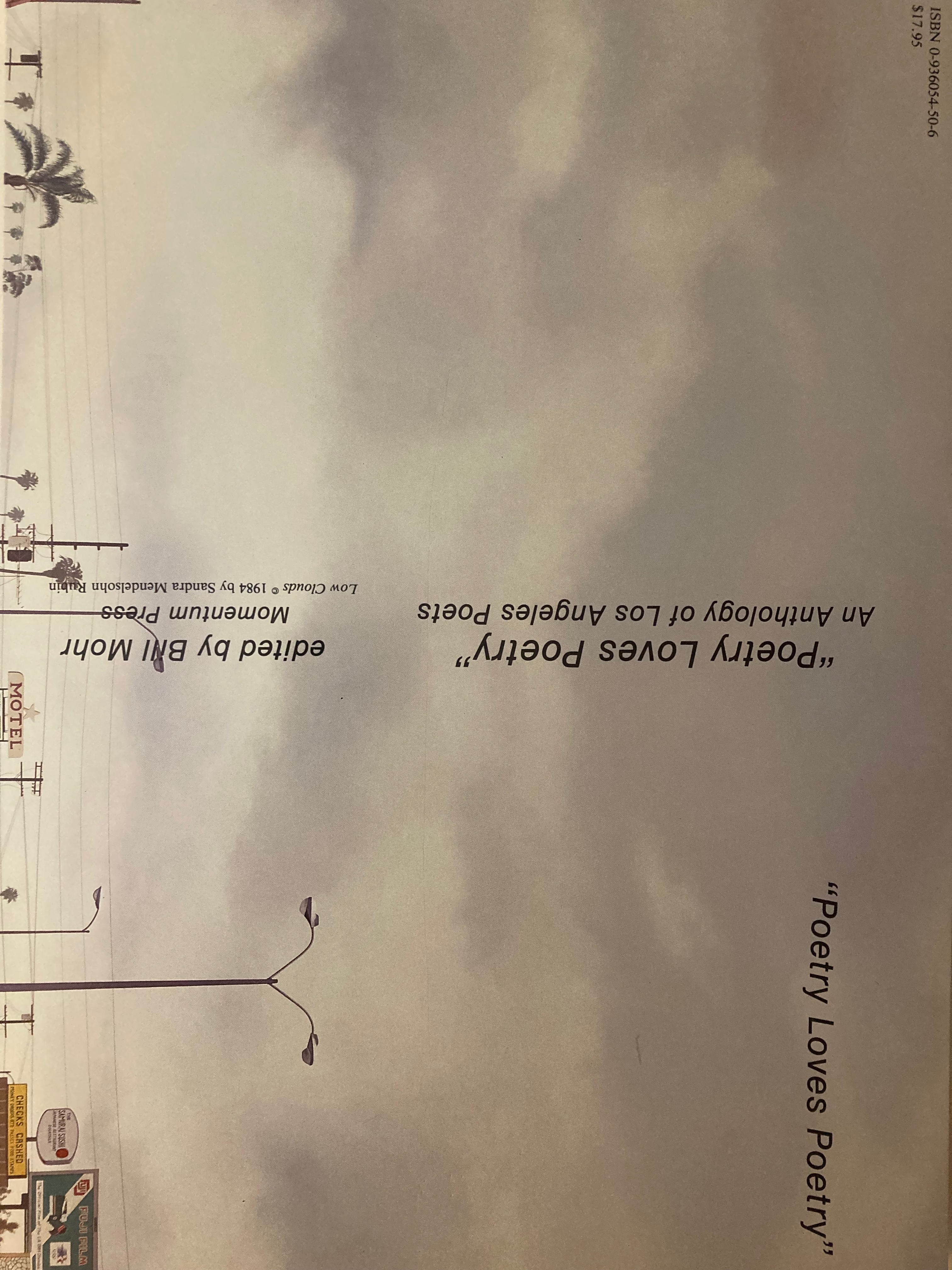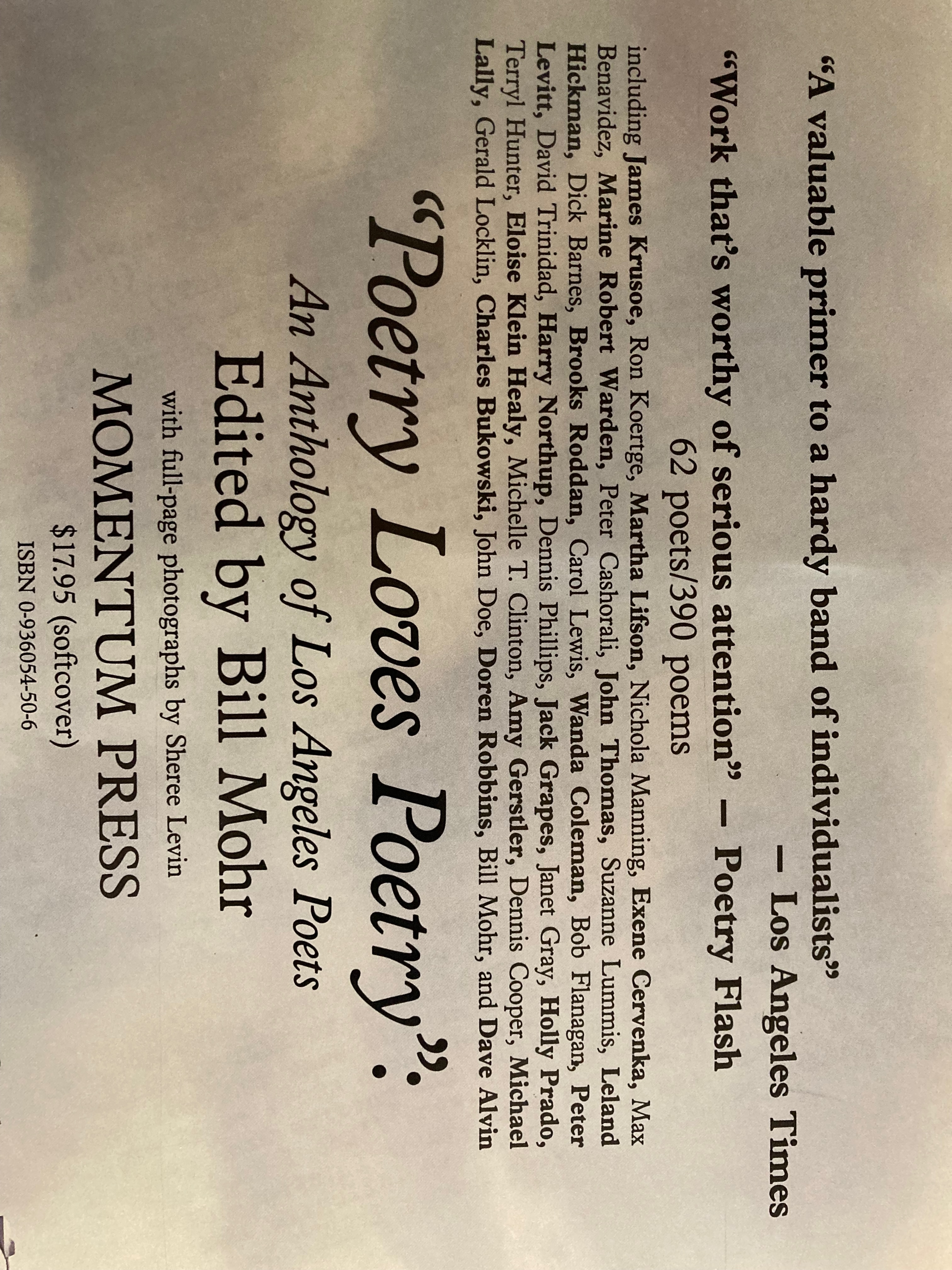Soon after receiving my B.A. in theater arts from UCLA, I obtained a copy of Michael Horovitz’s CHILDREN OF ALBION: THE “UNDERGROUND POETRY OF GREAT BRITAIN” and found myself puzzled as to how these poets could be so invisible in the United States. While Horovitz’s anthology hardly proffered the experimental scope of Donald Allen’s THE NEW AMERICAN POETRY, it nevertheless alerted those whose only knowledge of British poetry was Hall-Pack-Simpson’s NEW POETS OF ENGLAND AND AMERICA that Great Britain was also simmering with non-academic poetry.
It turned out, though, that Horovitz’s anthology fell far short of giving a comprehensive account of how lively things were in Great Britain. The Beatles weren’t, in fact, the only thing that a port city in northern Great Britain a sense that it deserved far more respect for its cultural ferment than it had been receiving. Several young poets in Liverpool had gotten so much attention by 1967 that Penguin Books issued a volume entitled “The Mersey Scene,” a title that took advantage of the public’s familiarity with the main river that goes through Liverpool. Let’s be honest, here: Spenser and Blake, among many others, made the Thames River famous, but it took a pop music group to make the Mersey known world-wide. I haven’t yet found out the name of the person at Penguin Books who decided to give one of the volumes in its Penguin Modern Series of Poets a specific title. Before then, each volume, containing a substantial selection of work by three poets, was simply numbered in sequence. It was a brilliant move: eventually a half-million copies sold.
But marketing can only carry a product so far. Maybe someone in a bookstore might give the book a look of poems a look based on its title, but if the poems don’t keep their attention, it’s unlikely she or he will buy a copy. If Adrian Mitchell’s scathing critique is still relevant (“Most people don’t care about most poetry because most poetry doesn’t care about most people.”), then the Mersey Scene was an extraordinary exception. There is a kind of implicit Venn diagram ins Mitchell’s observation; what get overlooked is that there is a shaded in conjunction of those who do care about poetry because it enables them to care about themselves both as individuals and as a literate community with disparate values. If “care” means “nurture,” then poetry and its readers cultivate a mutual nourishment that amounts to a riparian ecology: the marshland of consciousness with all its rhizomatic inlets and outflows of self-pleasuring language.
Horovitz, however, did not include the three poets who made THE MERSEY SCENE such a success. It seems almost inexplicable that he would have left their poets out of a book that claimed to be a survey of “underground” poetry in Great Britain in the 1960s. The justification for their absence is confined to a single paragraph in a sixty-one page “Afterwords” in which Horovitz meanders from topic to topic in the manner of a tour guide on the magic bus of underground poetry: Look over to your left, there’s where the poetry festival was held; and up ahead, just between the boutique and the record store is a bookstore in which one bought copies of my magazine, New Departures, which the TLS called the most interesting things, etc., etc.” One gets a definite feeling that Horovitz is jealous of the fame that Brian Patten, Roger McGough, and Adrian Henri have accrued though their lively performances in Liverpool and their embrace of the cultural insurgency that was associated with the Beatles.
Adrian Henri was the first of the three to die. Sad to say, as far as I can tell, the only public notice in the United States about the death of British poet Brian Patten was in a weekly industry newsletter, Shelf-Awareness, dated October 6.
https://www.shelf-awareness.com/issue.html?issue=5078#m69127
For that matter, I have my doubts that his death registered at all with any of the people who are planning to attend the AWP conference in Baltimore in the spring of 2026. I wonder, in particular, how many professors in MFA programs in the United States could identify in any way Brian Patten and talk, off the cuff, about Patten’s emergence as a central poet of the Liverpool scene.
The discrepancy between the wide coverage that Patten’s death received in Great Britain and the almost total silence about his passing in the United States only confirms my sense of the arrogant provinciality of American poetry, convinced as it is of its imperial exceptionalism.
To find out why Brian Patten was so respected and admired in Great Britain, cut and paste these links into your browser:
https://www.theguardian.com/books/2025/sep/30/brian-patten-obituary
https://simonwarner.substack.com/p/obituary-7-brian-patten
I would add to these commentaries that what made Patten and his friends Adrian Henri and Roger McGough such an intriguing crew of poets is that their performance-oriented poetics arrived at just the right time to both contribute to the cultural upheaval of the 1960s and to take advantage of its comic populism.
Given the paucity of notice given to the passing of Brian Patten, it was a shock to see that the New York Times ran a lengthy obituary for an equally fine poet, Tony Harrison. If Patten wore the comic mask to hide his pain, Harrison thrust the tragic mask like a branding iron to buttocks of the ruling class. I often tell students that when Emerson said that a poem is a meter-making argument, he didn’t mean that the goal was to figure out an argument and parse it out in meter. He meant that the argument is so fiercely felt that the only way to keep it from spinning out of control is to use meter to subdue the writhing emotions recollected in exasperated tranquility.Harrison’s skill in using meter and rhyme is perhaps the most deft of any poet since Jonathan Swift, whose boiling point he shares as a point of honor. Harrison deserved his notice in the NYT, but the privileging of “serious” poets over (comically) serious poets once again makes me suspect that too many people in charge of cultural commentary don’t care if most people don’t care about most poetry.
NOTE: This blog entry, as with all the blog entries on billmohrpoet.com, is copyright by Bill Mohr, and is meant only for the edification of its readers to the extent that it might give them worthwhile insight into reading literature. My social and political commentary is meant to serve the same purpose in the public sphere of civic discourse. Any retention of this material in order to make use of it in training artificial intelligence in any manner whatsoever is an obnoxious appropriation of my labor. I am aiming this statement, in particular, directly at any people in China who might be operating webcrawlers.
In the past six months, for instance, here is a list of the countries in which people are engaging in some way with my blog:
Views
United States. 3,226
China. 2,567
United Kingdom. 180
Germany. 126
Canada. 89
Australia. 72
Belgium. 33
Chile. 32
Italy. 31
France. 27
I find it impossible to believe that there are four times as many people in China who are interested in my blog as there are in eight other countries, unless of course the purpose in China is to train LLM. If their courts want to call it “fair use,” don’t expect me to be generous when the ground shifts under you.






 About Bill Mohr
About Bill Mohr